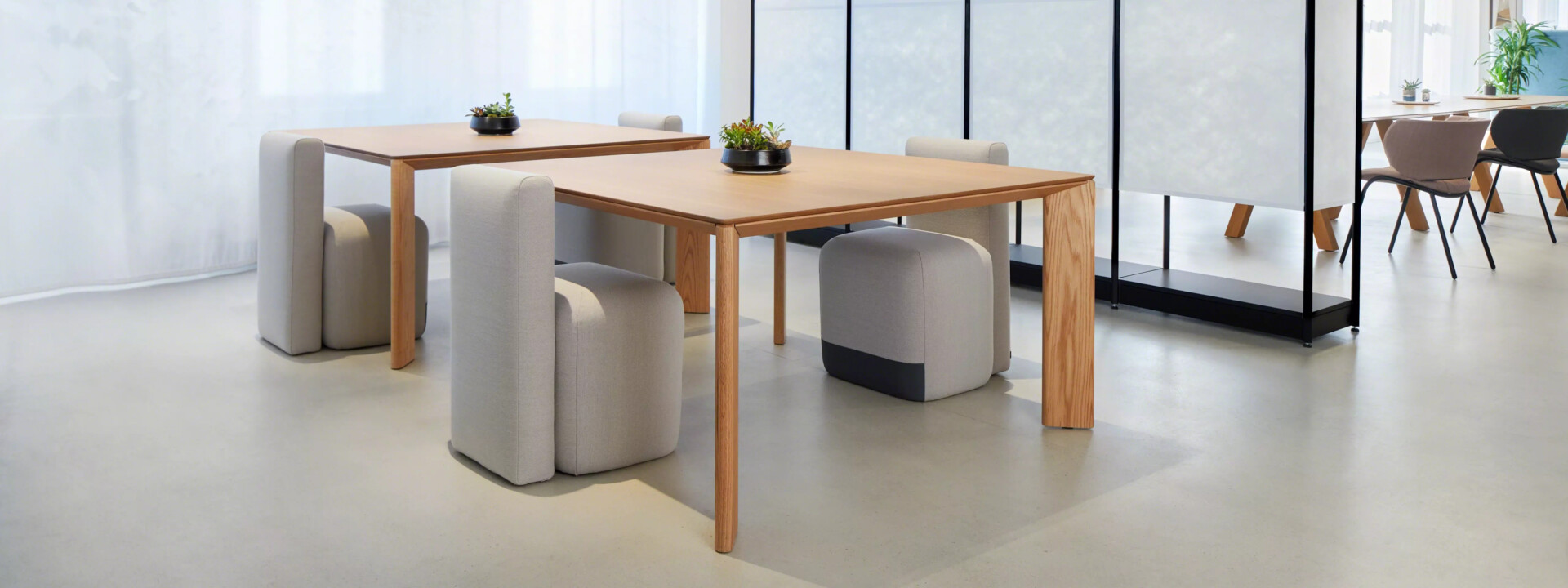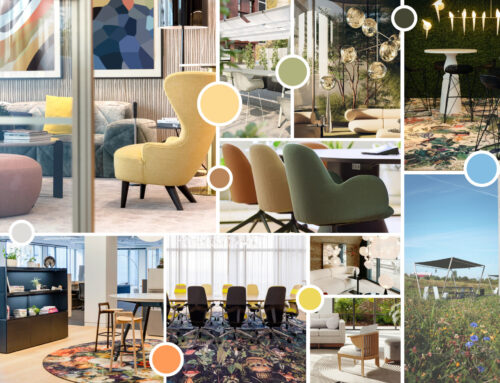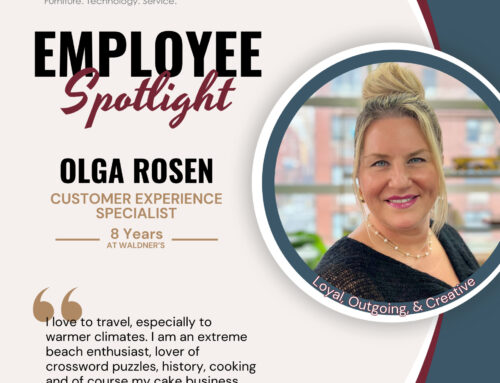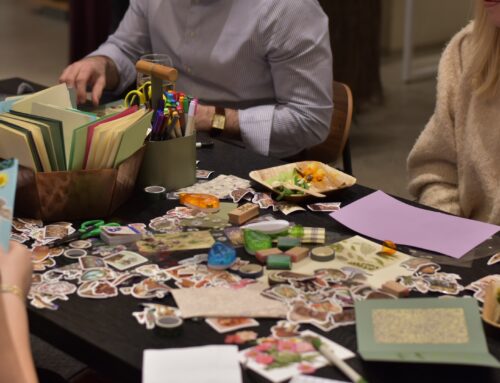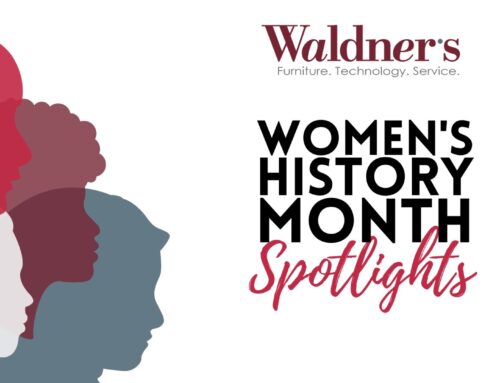In today’s hybrid work environment, there is a need to balance between concentration and collaboration. As leaders in workspace design and innovation, Steelcase prioritizes the creation of multi-faceted spaces that meet these requirements. Terrence Lenhardt, the vice president of product marketing at Steelcase, argues that the current media emphasis on the hybrid work model oversimplifies the complexity of modern work. He believes it’s not just about the location – home or office – but understanding that the nature of work has shifted as a whole.
A New Era of Focused Workspaces
Focus spaces serve as sanctuaries for deep, uninterrupted work. They are designed to inspire and support concentration, thereby boosting productivity and reducing stress. The Steelcase Karman is an all-mesh task chair that intuitively adapts to your body’s movements, ensuring the highest level of comfort.
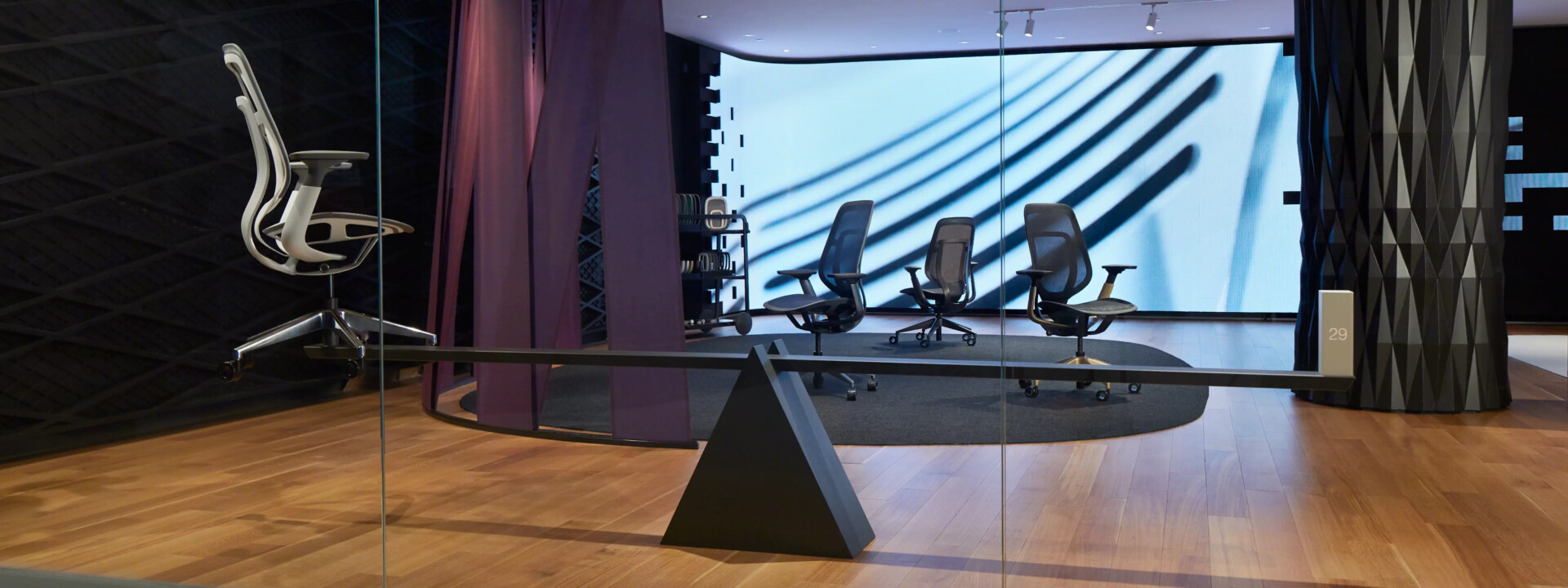
Steelcase took a mindful approach toward the environment when creating Karman. They used eco-friendly materials and minimized the number of components needed to assemble the chair. This resulted in an impressively lightweight design — the chair weighs just 29 pounds, making it one of the lightest work chairs on the market.
Collaborative Spaces: The Heart of Innovation
Collaboration is the key to any successful business. By bringing together diverse perspectives and expertise, collaboration allows for the creation of more robust and creative solutions. An ideal collaborative space should feature tech-integrated furniture, digital collaboration tools, and space layouts that encourage engagement and interaction.
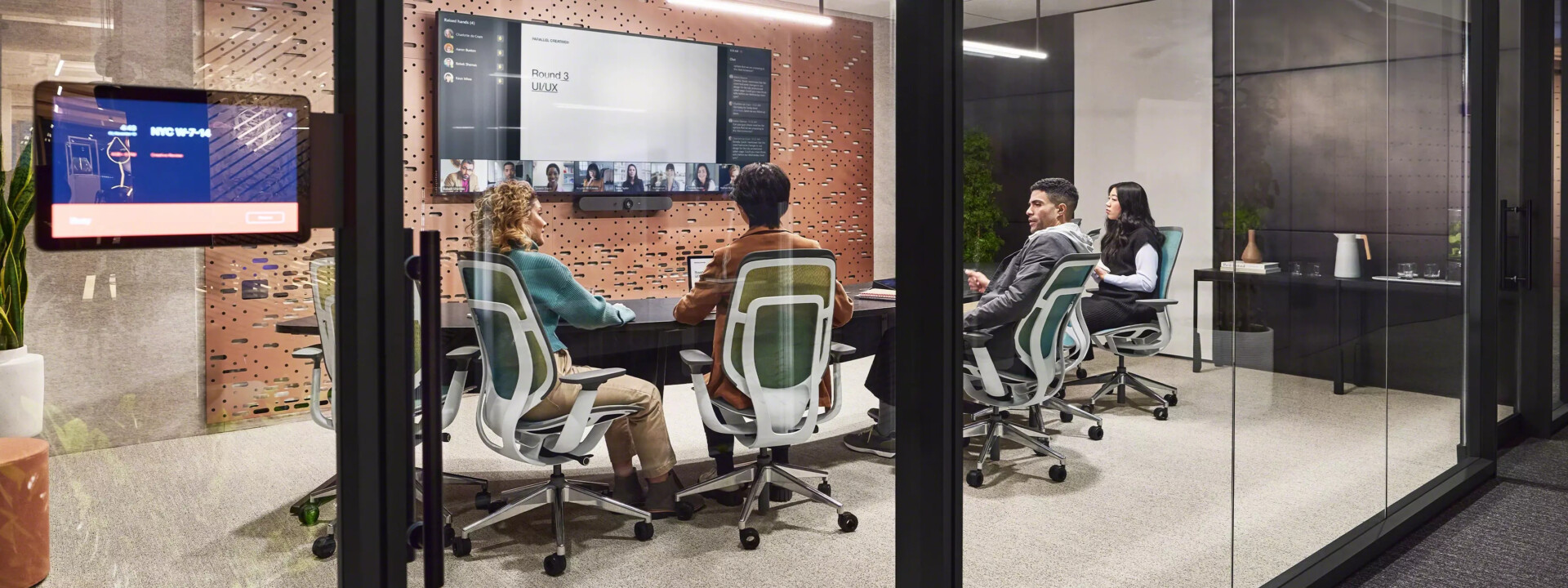
Ocular by Steelcase is a solution to the common problem we encounter with traditional meeting spaces and video communication; Sightlines. Ocular’s unique table shape allows for people in the same room to have a clear view of each other. This ensures that everyone, regardless of their location, has a seamless and engaging meeting experience.
Social Spaces: Fostering Connections and Culture
Social spaces have taken on a new significance. They use elements such as comfortable seating, coffee stations, and recreation zones to create a place where employees can unwind and connect. Social spaces also double as areas for informal meetings, adding to their versatility and value.
Encompassing a collection of collaborative tables, Foro by Viccarbe was designed by British designer John Pawson with the purpose of bringing people together. Foro uses a solid oak construction as a way to add warmth, depth, and durability to any social setting.
